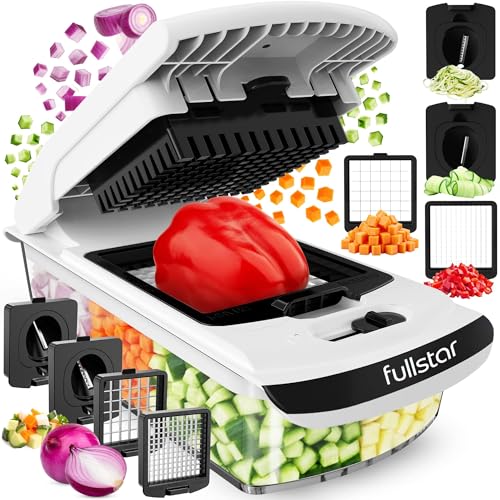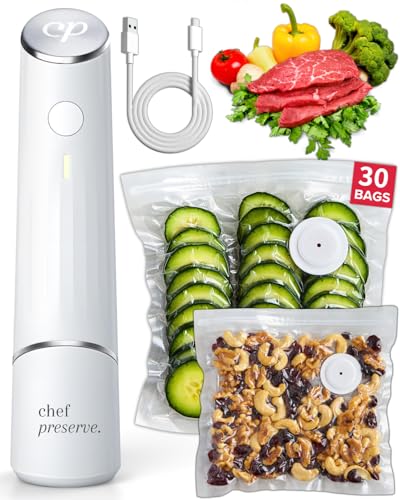Cultural Significance of Challah
The cultural significance of challah extends far beyond its delectable taste and braided form, embodying tradition, ritual, and community. Rooted deeply in Jewish traditions, challah symbolizes unity and the connection to spirituality.
Typically served during Shabbat and holidays, this sweet, egg-enriched bread serves as a centerpiece, inviting families to gather, reflect, and celebrate. The braided shape of challah represents intertwined lives and the harmony within the community.
Its rich texture and golden crust evoke a sense of warmth and comfort, while the ritual of separating dough signifies the sanctity of Shabbat. In this way, challah transcends mere nourishment, embodying cherished values and customs that have persisted through generations, linking the past to the present in a profound cultural tapestry.
- The Original Pro Chopper - Our superstar veggie slicer has been creating waves on TikTok! Simple to use,...
- Easy Meal Prep with Rust-Resistant Blades - Our vegetable chopper is perfect for anyone who wants to eat...
- 5-Star Design - The soft-grip TPU handle ensures controlled chopping, while the non-skid rubber base...
Great for Festive Gatherings
While festive gatherings often evoke images of lively conversations and shared laughter, the presence of braided Easter challah bread can elevate these moments to something truly special.
This enchanting bread serves not only as a delicious centerpiece for an Easter brunch but also as a delightful addition to the spread of festive desserts. Its golden, braided appearance catches the eye, inviting guests to partake in a communal experience.
As families and friends gather around the table, passing slices topped with butter or honey, the bread becomes a symbol of togetherness and celebration. The nutty flavor of sesame seeds enhances its charm, making it a perfect complement to various dishes.
Ultimately, braided Easter challah creates lasting memories during cherished gatherings.
- Makes Everything Simple : Just forget your bagged cheese! Only turn the handle for several times and get...
- Premium Material : All parts of the rotary cheese grater are made of food grade ABS material, no BPA. The...
- Three Option Grater : The parmesan cheese grater finishes food preparation with slicing, shredding and...
Essential Ingredients
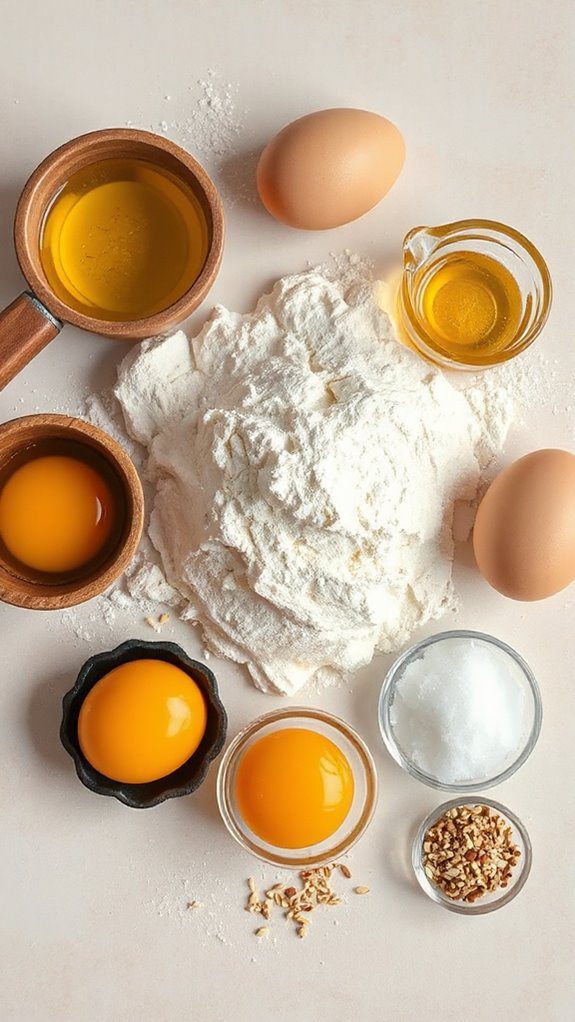
Braided Easter challah bread comes to life through its essential ingredients, each contributing to the bread’s unique texture and flavor. The foundation consists of flour, water, yeast, sugar, and salt, working harmoniously to create a soft, airy crumb.
Eggs add richness and moisture, while a hint of honey enhances the bread’s sweetness, reflecting traditional flavors. The final touch is sesame seeds, offering a delightful crunch and nutty aroma.
For those seeking to adapt the recipe, ingredient substitutions like substituting honey with maple syrup or experimenting with different types of flour can still yield a delicious result without straying far from the beloved essence of this festive bread.
These essential elements together create a memorable, celebratory dish.
- 💰 REDUCE WASTE AND SAVE MONEY: Chef Preserve keeps FOOD FRESH 5 TIMES LONGER than non-vacuum storage...
- ✅ POWERFUL, QUICK & EASY TO USE: Simply press the button to start. The device vacuum seals a bag in 5...
- ♻️ REUSABLE & RESEALABLE BAGS: Chef Preserve comes with dishwasher, freezer, refrigerator, and...
Cooking Steps
After gathering all the necessary ingredients for the braided Easter challah bread, the cooking process begins with the careful preparation of the dough.
The first step involves activating the yeast, ensuring a robust rise. Various flavor variations can be introduced at this stage by incorporating ingredients like citrus zest or dried fruits.
As the dough is kneaded, the baker employs various baking techniques to develop a smooth, elastic texture.
Once the dough has risen to double its size, it is deftly divided and braided, a process that enhances its visual appeal.
After a final rise, the bread is brushed with an egg wash to achieve a golden crust.
Finally, sesame seeds are sprinkled on top, adding both flavor and texture.
- Generous Capacity: 7-quart slow cooker that comfortably serves 9+ people or fits a 7-pound roast
- Cooking Flexibility: High or low slow cooking settings, with convenient warm function for ideal serving...
- Convenient: Set it and forget it feature enables you to cook while at work or performing daily tasks
1. Prepare the Dough Mixture
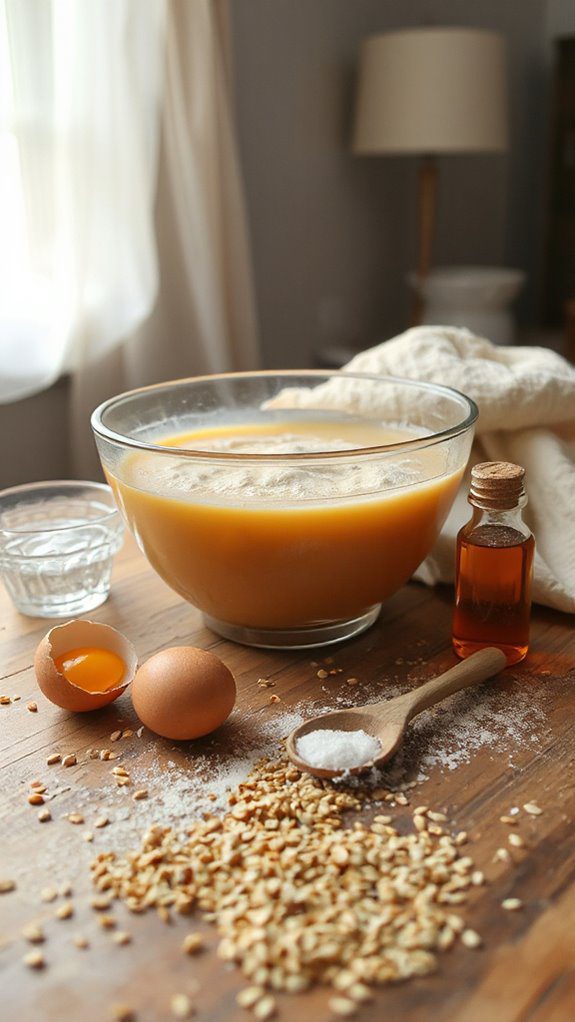
Once the yeast is activated, the next step in preparing the dough mixture involves combining the dry ingredients with precision to ensure a balanced flavor and texture.
In a mixing bowl, different flour types such as all-purpose and bread flour can be blended to create the ideal foundation for the challah. The choice of flour influences the dough’s elasticity and rise.
Incorporating various yeast varieties, like active dry or instant yeast, enhances fermentation, heightening the bread’s flavor profile. Gradually, sugar and salt are added to the flour mixture, enriching the taste and controlling yeast activity.
This careful combination of dry ingredients lays the groundwork for a harmonious dough, paving the way for the intricate braiding process that characterizes traditional challah bread.
- 100% Leak-proof: Guaranteed no-spill seal and secure latches
- Crystal-clear Tritan Built: Stain-resistant and odor-resistant material for a clear view of contents
- Lightweight & Sturdy: Easy to carry, yet durable for everyday use
2. Knead the Dough Thoroughly
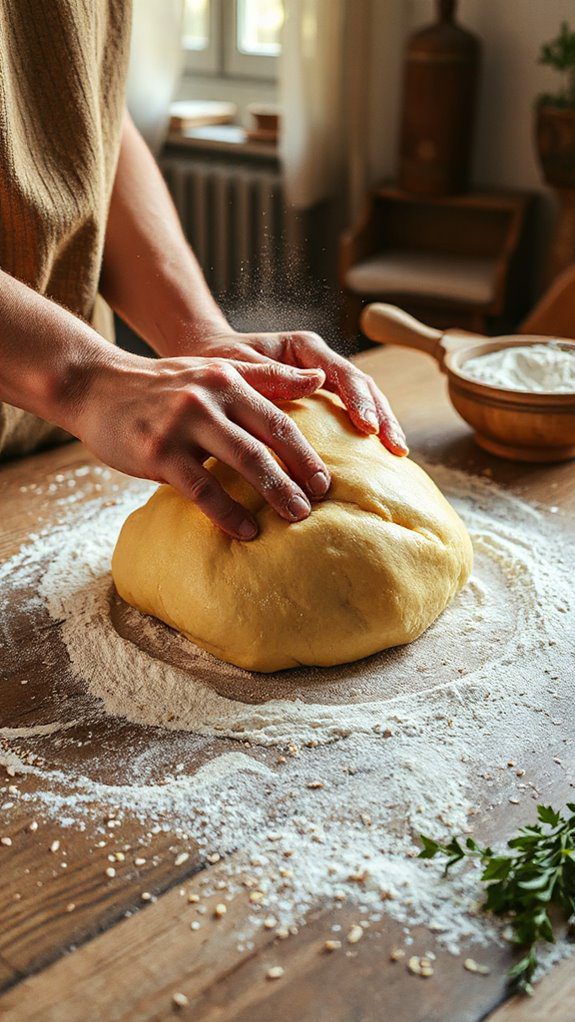
Kneading the dough thoroughly is a crucial step that transforms the mixture into a smooth, elastic ball, essential for achieving the perfect challah texture.
During this process, the baker engages in a rhythmic motion, allowing the ingredients to blend seamlessly. As the dough is worked, moisture is absorbed, promoting proper dough hydration and enhancing its pliability.
This pivotal action also facilitates gluten development, which gives the bread its structure and chewiness. As milk and eggs are fully incorporated, the dough becomes increasingly resilient, signaling that it has been adequately kneaded.
This transformative phase not only heightens the flavor but also sets the foundation for a beautifully braided loaf that will rise and bake to golden perfection.
- 𝗘𝗳𝗳𝗼𝗿𝘁𝗹𝗲𝘀𝘀 𝗪𝗲𝗶𝗴𝗵𝗶𝗻𝗴: Supports 5 units...
- 𝗣𝗿𝗲𝗰𝗶𝘀𝗲 𝗥𝗲𝘀𝘂𝗹𝘁𝘀: Accurately weighs up to 11 lb/5 kg with 1 g...
- 𝗦𝗶𝗺𝗽𝗹𝗲 & 𝗖𝗼𝗺𝗽𝗮𝗰𝘁: The small and sleek scale is a perfect fit for...
3. Let Dough Rise Until Doubled

With the dough thoroughly kneaded, the next phase involves allowing it to rise until it has doubled in size.
This critical step takes place under ideal conditions, typically in a warm, draft-free environment. The yeast becomes active during this rising time, fermenting the sugars and releasing carbon dioxide, which creates air pockets in the dough.
To ensure optimal results, covering the bowl with a damp cloth or plastic wrap helps retain moisture and warmth. Usually, this rising time spans about one to two hours, depending on the room temperature.
When the dough has nearly doubled, it possesses a soft, pillowy texture, indicating readiness for the next step in crafting the delicious braided Easter challah bread.
- Instant Read Food Thermometer | Our instant read thermometer features a temperature probe and advanced,...
- Multi-Use | From bbq thermometer to baking thermometer, our digital food thermometer for cooking is...
- Easy-Read Digital Thermometer For Cooking | Large instant thermometer dial with bright blue backlight...
4. Shape the Dough Into Braids

After the dough has risen and developed its airy structure, it is time to shape it into beautiful braids. The process begins by dividing the dough into equal portions, typically three or six, depending on the desired braid style.
Each piece is rolled into long, uniform strands, ensuring that the dough consistency remains pliable yet not overly sticky. Various braiding techniques can be employed, such as the traditional three-strand braid or a more intricate six-strand configuration, inviting creativity.
Gently weaving the strands together, the baker must maintain a consistent tension to achieve a uniform appearance. This step not only enhances the bread’s visual appeal but also contributes to its texture, creating a delightful centerpiece for any festive table.
- Versatile 54-Piece Collection: Elevate your kitchen with the Home Hero 54-Piece Kitchen Utensil Set, a...
- Durable and Long-Lasting: Crafted from premium stainless steel, these kitchen utensils are designed to...
- Perfect Holiday Gift: Delight your loved ones with this kitchen utensils gift set this festive season....
5. Preheat the Oven to 350°F
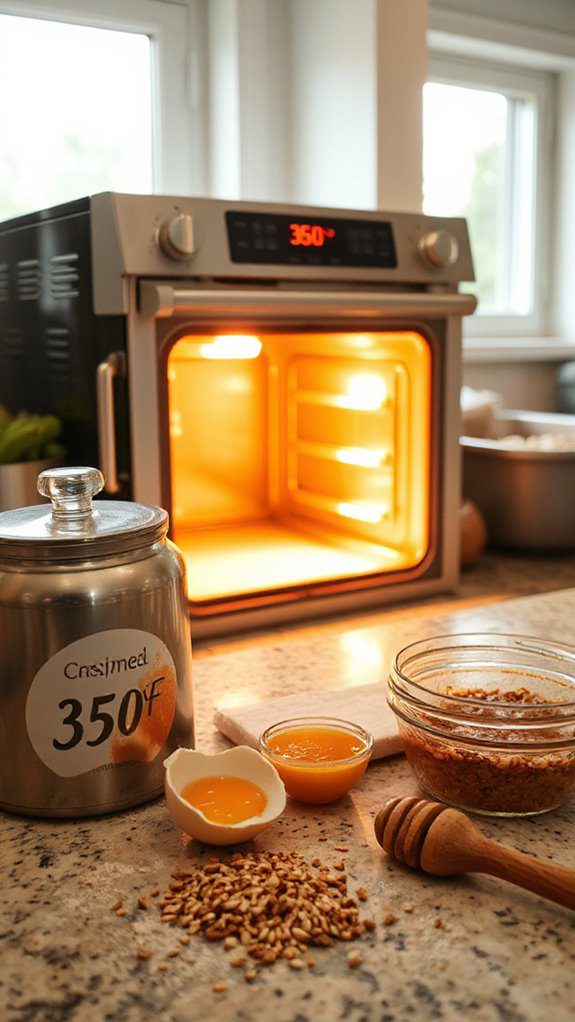
Setting the stage for the perfect bake, preheating the oven to 350°F is a crucial step in the preparation of braided Easter challah bread. This oven temperature ensures that the dough cooks evenly, transforming into a beautifully golden loaf.
By allowing the oven to reach the desired heat before placing the bread inside, bakers employ a fundamental baking technique that maximizes texture and flavor. The gentle heat envelops the braided dough, promoting a crisp crust while maintaining a soft, fluffy interior.
As the aroma of the challah fills the kitchen, it signals the beginning of a delightful culinary experience. Achieving the perfect oven temperature is essential for the success of this festive bread, rewarding the baker with a stunning, aromatic centerpiece.
- 24-ounce insulated stainless-steel water bottle with a FreeSip spout and push-button lid with lock
- Patented FreeSip spout designed for either sipping upright through the built-in straw or tilting back to...
- Protective push-to-open lid keeps spout clean; convenient carry loop doubles as a lock
6. Brush With Egg Wash
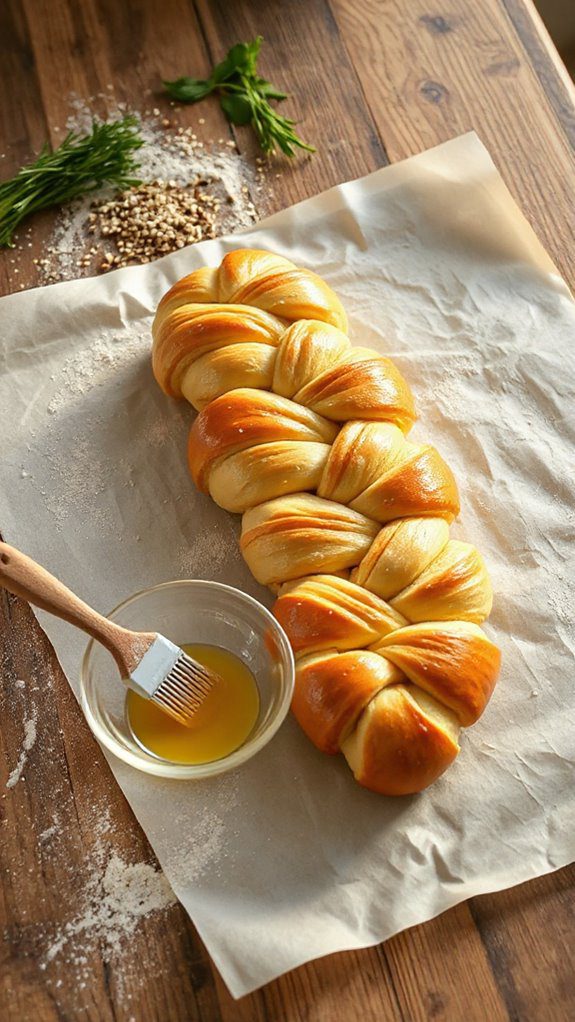
A careful brush of egg wash transforms the braided Easter challah bread into a visually stunning creation. This simple technique offers significant egg wash benefits, enhancing both appearance and flavor.
The wash creates a beautiful golden crust that glistens under the light, inviting everyone to indulge. To achieve the perfect egg wash, one can mix a beaten egg with a splash of water or milk, ensuring a smooth, even application.
Using a soft brush, the baker works from the top to the sides, ensuring full coverage. This method not only adds color but also helps sesame seeds adhere perfectly, completing the aesthetic appeal.
The egg wash techniques elevate the bread from ordinary to extraordinary, making it a truly celebratory centerpiece.
7. Serving With Honey Butter
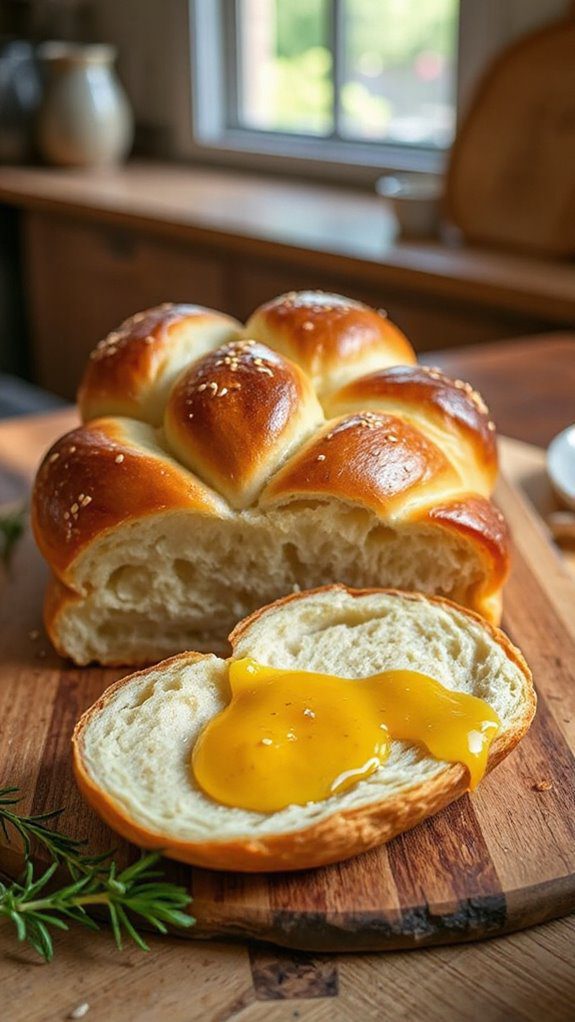
Completing the visual allure of braided Easter challah bread is the delightful pairing of honey butter, which enhances both flavor and experience. This sweet, creamy spread not only complements the bread’s soft texture but also adds a rich layer of sweetness that harmonizes beautifully with its subtle flavors.
Incorporating honey brings additional benefits, as studies highlight honey’s health properties such as antioxidants and natural energy boosts. For those seeking options, butter alternatives made from avocado or coconut can provide a vegan twist while still achieving a lovely, spreadable consistency.
This thoughtful serving suggestion encourages an elevated tasting experience, allowing guests to appreciate the intricacies of the challah and the sheer delight of honey butter as an accompaniment.
Serving and Pairing Suggestions
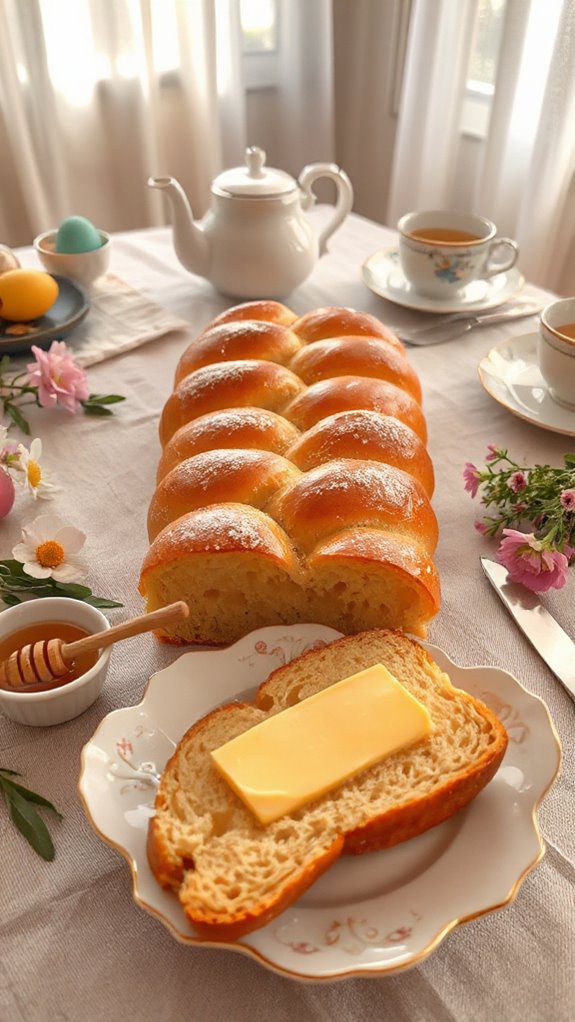
Often celebrated for its visual appeal and rich flavors, braided Easter challah bread pairs beautifully with various accompaniments that enhance its taste profile.
When serving this delightful bread, consider the following flavor pairings to elevate the experience:
- Creamy mascarpone cheese with a spoonful of berry jam
- Sliced smoked salmon with a dollop of dill cream cheese
- Fresh fruit compote to complement the bread’s sweetness
- A drizzle of honey or maple syrup for added richness
- Lightly buttered slices with a sprinkle of sea salt
These pairings not only enhance the deliciousness but also allow for versatile serving sizes, making each meal or gathering feel special and memorable.
Enjoy experimenting with different combinations to find the perfect match.
Tips and Variations

While traditional braided Easter challah bread holds a cherished place in holiday celebrations, there are numerous tips and variations that can transform this classic into a unique culinary experience.
Mastering different braid techniques can enhance both visual appeal and texture, inviting creativity into the baking process.
Consider these delightful topping variations to elevate the bread:
- Sprinkling cinnamon sugar for a warm, sweet aroma.
- Adding poppy seeds for a nutty crunch.
- Glazing with honey for a touch of sweetness and shine.
- Incorporating dried fruit like cranberries or apricots for bursts of flavor.
- Experimenting with herbs, such as rosemary or thyme, for a savory twist.
Embracing these suggestions allows bakers to create a memorable Easter centerpiece.
Kitchen Tools
When embarking on the journey to create a stunning braided Easter challah bread, having the right kitchen tools can significantly enhance the baking experience. Essential kitchen gadgets and baking utensils play a critical role in producing a flawless loaf.
Here is a helpful table outlining key tools:
| Kitchen Gadgets | Purpose |
|---|---|
| Mixing Bowl | To combine and knead the dough |
| Dough Scraper | For handling and shaping the dough |
| Baking Sheet | To bake the challah evenly |
| Pastry Brush | For applying egg wash |
Utilizing these tools not only simplifies the baking process but also ensures that the challah develops the perfect texture and golden crust, making the effort worthwhile.
Essential Equipment
Essential equipment is crucial for anyone looking to bake the perfect braided Easter challah bread. The right tools not only enhance the baking experience but also ensure delightful results that will impress friends and family.
Key items include:
- Mixing bowls: Essential for combining ingredients and allowing dough to rise.
- Dough scraper: Perfect for handling sticky dough and keeping the work surface tidy.
- Baking sheet: A properly sized, sturdy sheet ensures even baking.
- Pastry brush: Ideal for applying an egg wash, giving the bread a beautiful glaze.
- Kitchen scale: Accurately measures ingredients, ensuring consistency in every loaf.
These tools, combined with a pinch of love and patience, lay the foundation for a glorious Challah that celebrates the joy of Easter.
Nutritional Information (Estimated, per serving)
With the right equipment in hand, bakers can turn their attention to the delightful outcome of their efforts: the braided Easter challah bread. Understanding the nutritional information is essential for those who wish to enjoy this festive creation responsibly. Each serving of this beautifully braided bread offers a balance of flavors and nutrition, allowing bakers and their guests to indulge mindfully in its warmth and sweetness.
| Nutrient | Amount (per serving) | % Daily Value |
|---|---|---|
| Calories | 120 | 6% |
| Total Fat | 2g | 3% |
| Carbohydrates | 22g | 7% |
| Protein | 4g | 8% |
This estimated caloric content enhances the appreciation of each bite.
Explore Related Pastry Recipes
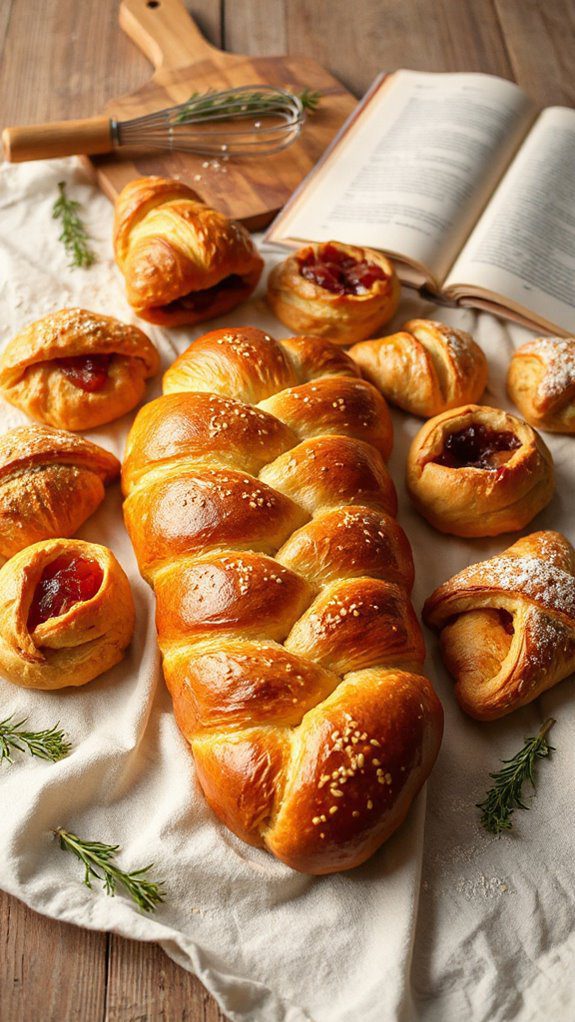
Pastry enthusiasts will find a treasure trove of delightful recipes that complement the festive spirit of braided Easter challah bread.
Mastering various pastry techniques opens the door to vibrant dessert pairings that elevate any gathering.
Consider these enticing options:
- Lemon Drizzle Cookies: A zesty treat that brightens up the table.
- Cardamom Buns: Embrace warmth with sweet spiced flavors.
- Berry Tart: A colorful display of fresh fruits and creamy filling.
- Chocolate Babka: A rich, indulgent treat to satisfy chocolate lovers.
- Pistachio Baklava: Crispy, flaky layers filled with nutty goodness.
Each recipe invites creativity, allowing bakers to explore flavors that beautifully balance the rich, soft texture of challah bread.
Troubleshooting
Creating the perfect braided Easter challah requires attention to detail, as even the most seasoned bakers can encounter challenges during the process.
Common baking mistakes arise, such as insufficient kneading or incorrect yeast measurements, leading to dense bread or underwhelming rise. Dough issues, like stickiness or dryness, can plague the effort as well, ensuring that the texture remains a key focus. Proper hydration is essential; a too-wet dough makes shaping difficult, while a dry dough can yield an unappealing final product.
When facing these hurdles, bakers should remember the importance of patience and practice. Keeping a detailed baking journal can also help in identifying specific variables to adjust for future endeavors, ensuring that the next batch meets expectations more successfully.
Conclusion
Achieving the perfect braided Easter challah is a rewarding experience that blends tradition with skill. This iconic bread, often enjoyed during festive gatherings, serves as a centerpiece that honors cultural traditions while bringing loved ones together.
Through practiced hands, bakers can master the intricate braiding technique, resulting in a beautiful loaf topped with sesame seeds that not only pleases the eye but also tantalizes the taste buds. The aromatic warmth of freshly baked challah enhances the joy of holiday celebrations, complementing various festive recipes.
As families gather around the table, the shared experience of breaking bread reinforces bonds and creates cherished memories, highlighting the importance of culinary heritage. Ultimately, this delectable challah stands as a symbol of unity and celebration.

